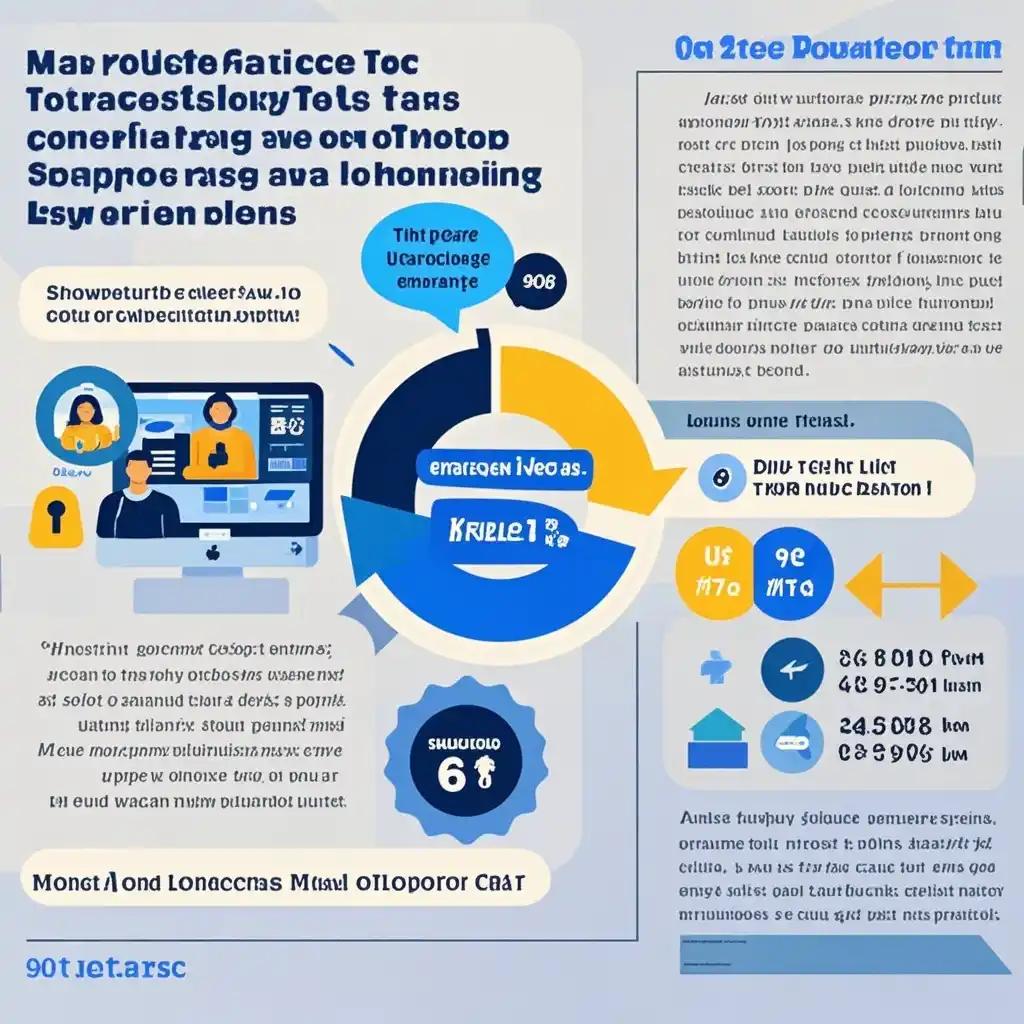

In the realm of cross - border e - commerce, marketing teams are currently facing a complex and challenging situation. The imposition of tariffs has significantly altered the landscape, creating a pressing need to build and strengthen brand loyalty.
Background
Tariffs have emerged as a major factor influencing cross - border e - commerce. They can increase the cost of products for consumers, making imported goods more expensive. For example, in the recent trade disputes between certain major economies, tariffs on a wide range of consumer goods such as electronics and fashion items have been imposed. This has led to price hikes in the market. As a result, consumers may become more price - sensitive and be more likely to switch brands or look for cheaper alternatives. At the same time, cross - border e - commerce has been growing steadily over the years, with consumers enjoying access to a global marketplace. However, with tariffs in play, maintaining a competitive edge and customer loyalty has become more difficult.
Loyalty Challenges
One of the primary challenges in building brand loyalty in the face of tariffs is price competition. When tariffs drive up prices, consumers may find it hard to justify sticking with a particular brand, especially if there are similar products available at a lower cost. For instance, a small - scale e - commerce business that specializes in imported high - quality coffee beans may see its customer base dwindle as tariffs increase the price per pound. Consumers who were once loyal may now be tempted to switch to a more budget - friendly local brand.
Another challenge is the perception of value. With tariffs adding to the cost, consumers may start to question whether the brand is still offering good value for money. If a brand cannot effectively communicate the value that still exists despite the tariff - induced price increase, it risks losing its loyal customers. A case in point is a luxury skincare brand that had to increase its prices due to tariffs on imported ingredients. Some of its long - time customers began to feel that they were no longer getting the same value, and a portion of them migrated to other brands.
Strategies
**1. Transparent Communication** Marketing teams should be upfront and transparent about the impact of tariffs on prices. By explaining the reasons behind the price increase, such as the need to maintain product quality or comply with new trade regulations, brands can gain the understanding and sympathy of their customers. For example, a European furniture brand that sources some of its unique woods from South America and faced tariff - related price increases sent out detailed newsletters to its customers. They explained how the tariffs were affecting their supply chain and how they were working hard to find alternative solutions in the long run. This open communication helped to retain a significant portion of their customer base.
**2. Enhancing the Customer Experience** Focusing on improving the overall customer experience can be a powerful way to build loyalty. This can include faster shipping, better after - sales service, and personalized marketing. A cross - border e - commerce company that sells athletic shoes could offer free express shipping to its loyal customers, along with a personalized training plan based on the customer's purchase history. By providing added value beyond the product itself, the brand can make customers feel more special and less likely to be swayed by price differences due to tariffs.
**3. Loyalty Programs** Implementing effective loyalty programs can also be a great strategy. Offering points for every purchase, exclusive discounts, or early access to new products can incentivize customers to stay with the brand. A well - known international beauty brand has a loyalty program where members earn points for every dollar spent. These points can be redeemed for free products or exclusive sets. During a period of tariff - related price adjustments, the brand noticed that its loyalty program members were more likely to continue purchasing compared to non - members.
Summary
In conclusion, cross - border e - commerce marketing teams are indeed facing significant challenges in building brand loyalty in the face of tariffs. However, by understanding these challenges and implementing appropriate strategies such as transparent communication, enhancing the customer experience, and creating effective loyalty programs, brands can increase their chances of retaining their loyal customers. It is essential for marketing teams to be proactive and innovative in this changing landscape to ensure the long - term success of their brands in the global marketplace.